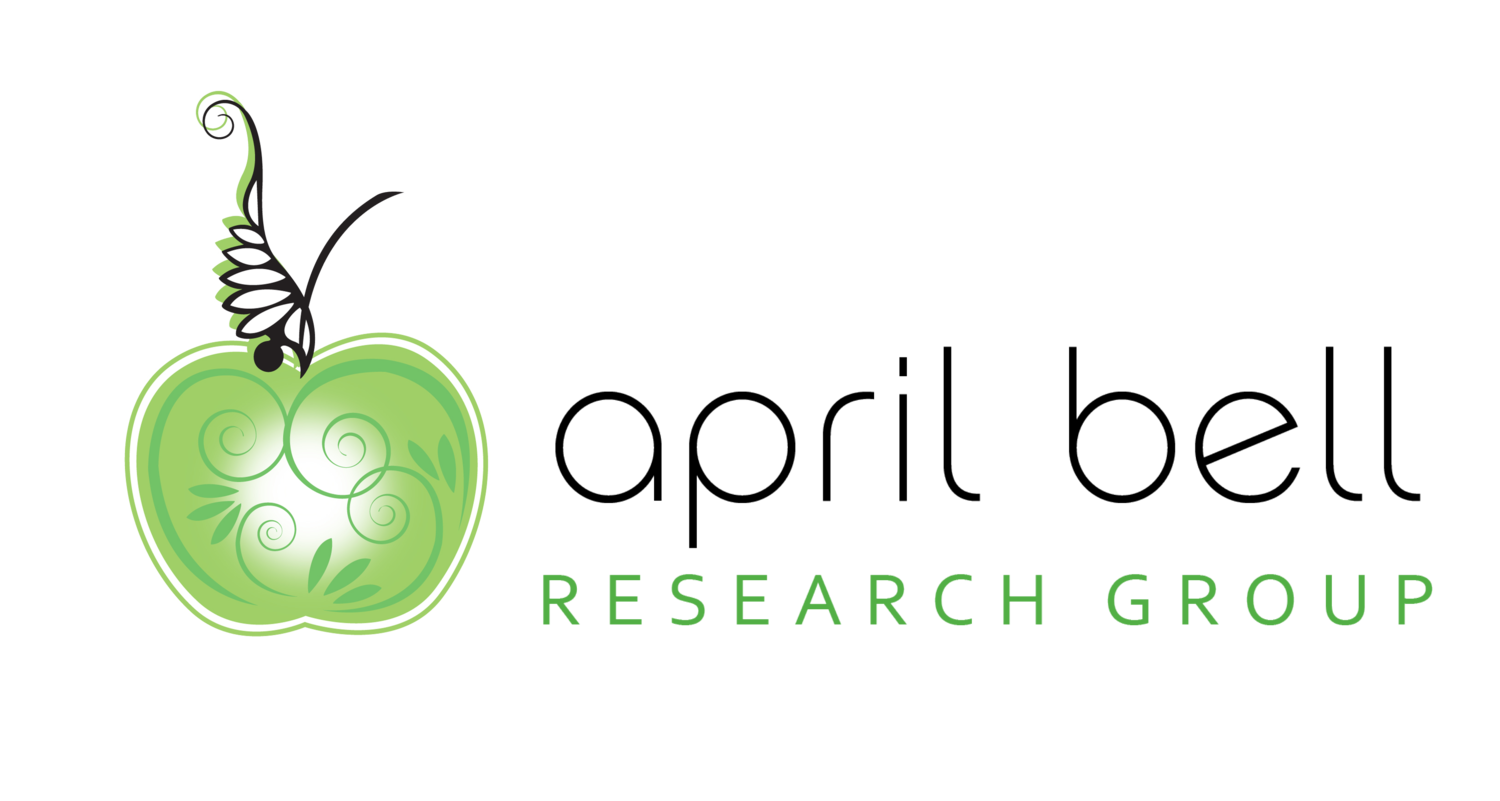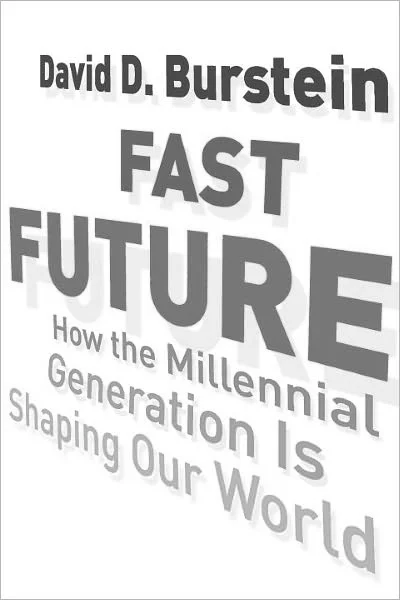
The majority of our thoughts take place in the subconscious mind. Usually, we don't know WHY we are doing something if we are asked directly, but there is usually an emotional reason for it hidden in our subconscious. The folks at Coca-Cola were curious to learn about people's experiences in the drive-thru. Instead of conducting this research ethnographically, which would involve being right there with consumers in the drive-thru to observe their actions and emotional reactions, Coca-Cola decided to take a different approach and do 30 one-on-one IDIs (in-depth interviews).
The way they did this successfully was by asking respondents to go through the visualization process, to mentally bring them back to their drive-thru experience. "If you ask them to tell you about one of their memories or experiences, they tell you something you might not have heard otherwise," says Kristian Aloma from Brandtrust. His team even asked respondents close their eyes while answering some of the questions for better recall of the event. "The key is NOT asking them why. There are ways a trained researcher can get past the surface to uncover their actual experience," Aloma states.
To Coca-Cola's surprise, many respondents revealed very emotional experiences at the drive-thru. For some it was a place where they could go in the morning to brighten their day; for others it was a get-away from their hectic routine where they could have someone else take care of them. It was a part of their ritual, and it made them feel good.
The presentation was definitely intriguing, and it was also very educational. I learned a lot about the different techniques that can be used to get respondents to open up about their experiences, especially if an ethnographic study is not possible. I'm eager to tell my team members about the interesting findings of this research!

Mayuri Joshi isResearch Magician at April Bell Research Group, a boutique, full-service marketing research firm, committed to delivering fresh insights you can act on! Learn more at aprilbellresearch.com.





















